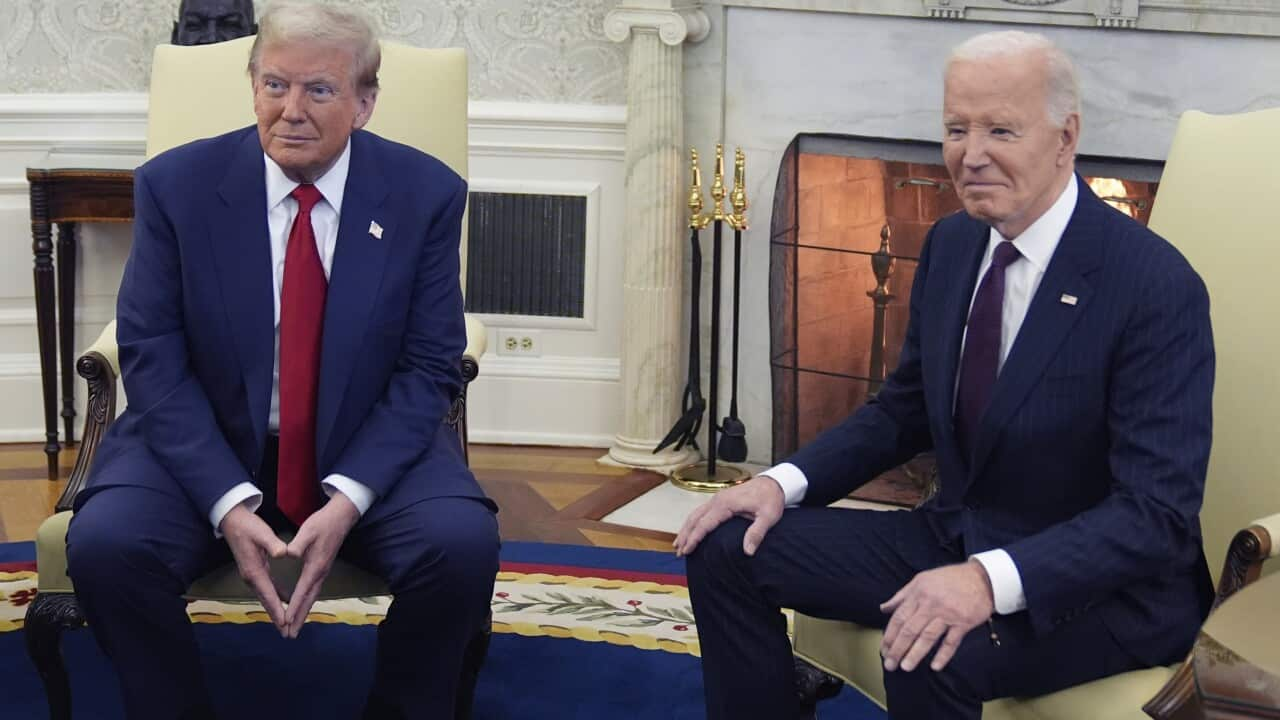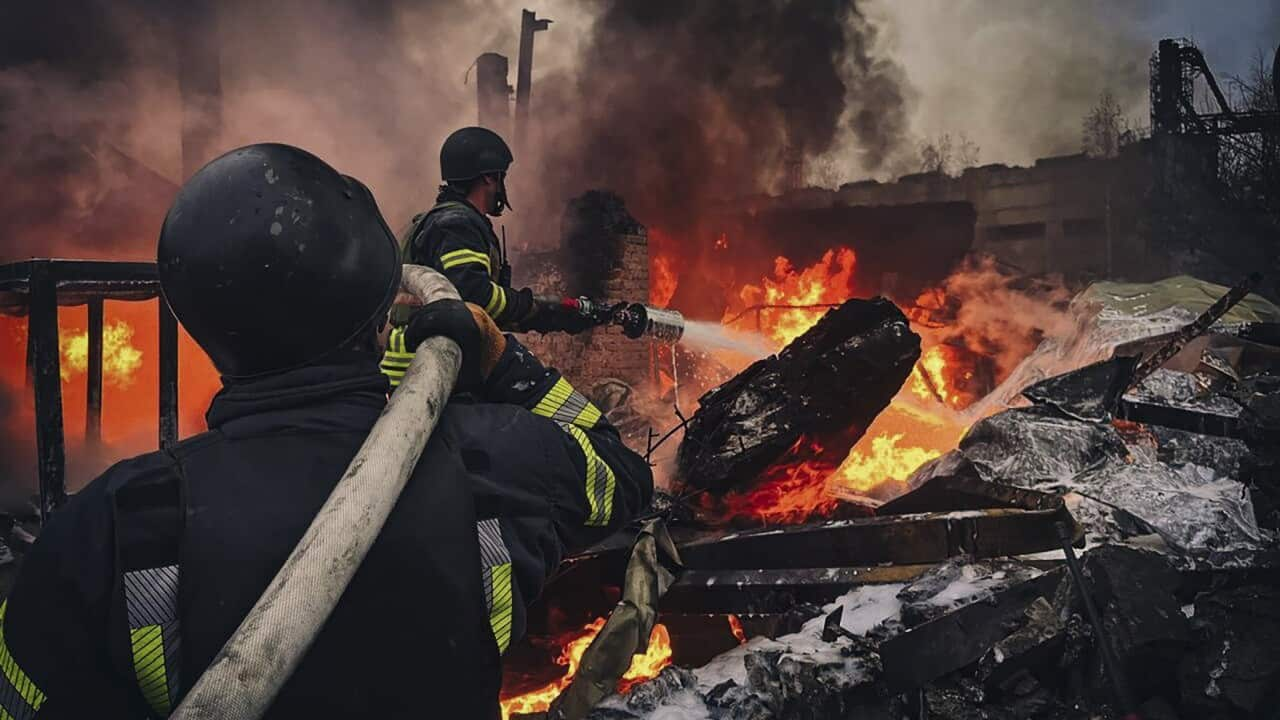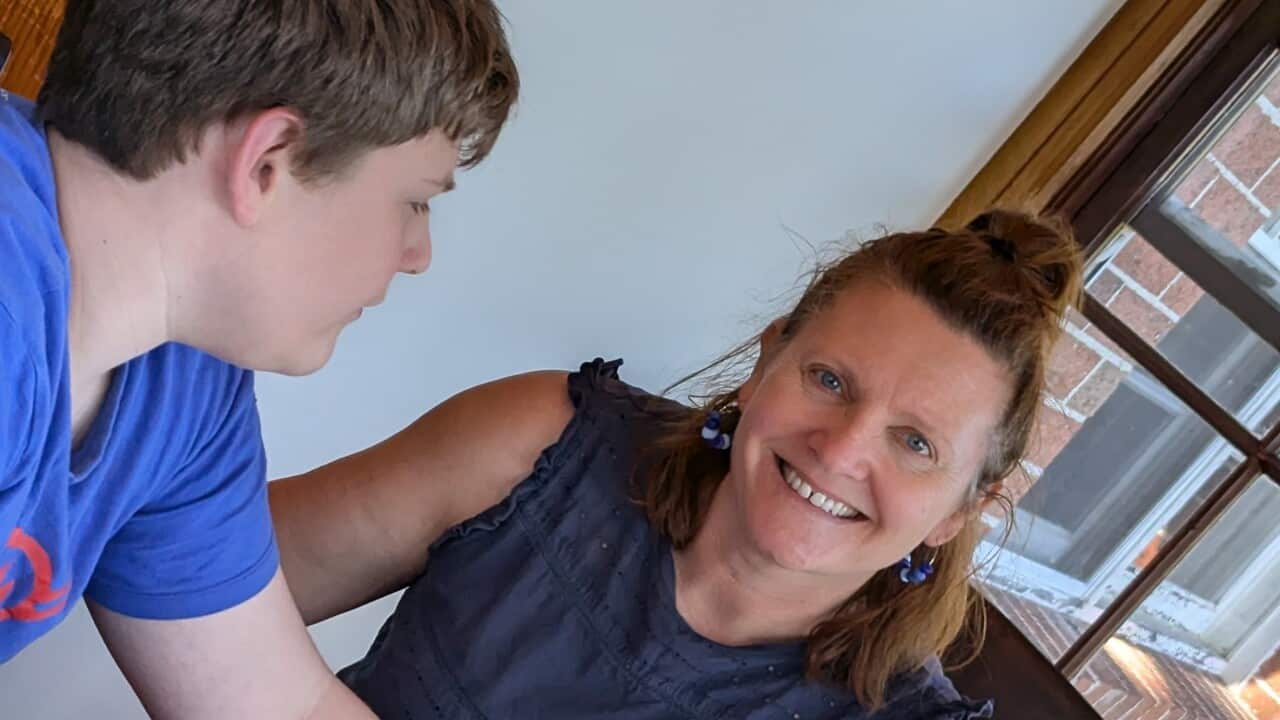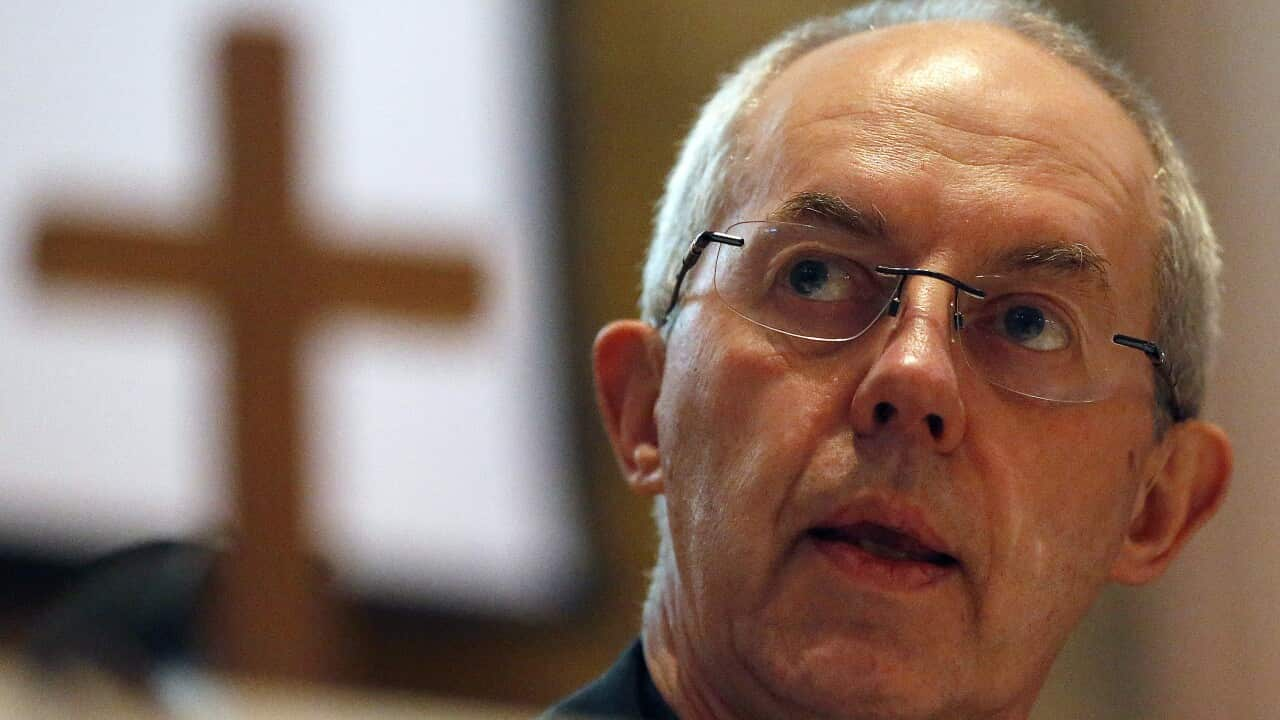This article contains references to domestic violence.
In April, tens of thousands of people participated in marches across the country to gender-based violence in response to the rising number of women being killed.
Violence against women was described as an “epidemic” and “national crisis”, and the topic dominated media and political discussions across the country for weeks. Many hoped the increased attention would lead to action and improve outcomes.
In May, Prime Minister Anthony Albanese in extra funding over five years towards the Leaving Violence program, which is designed to support people leaving violent relationships.
In September, National Cabinet agreed to a to prevent gender-based violence, including funding for frontline legal services and improved responses to violence.
But despite the government initiatives, funding, rallies and national conversation, the situation appears to be getting worse rather than better.
According to the advocacy group Destroy the Joint’s project, 64 women were violently killed in 2023.
In 2024, Counting Dead Women has recorded 62 women violently killed with seven weeks remaining until the end of the year. That’s an average of 1.37 per week, up from last year’s average of 1.2.
Patty Kinnersly, CEO of Our Watch, a national leader in the primary prevention of violence against women and their children, said it had been a “devastating year” for women allegedly killed by men — especially for Aboriginal and Torres Strait Islander women.
“This is a tragedy, and our national shame,” she said.
“Violence is not experienced equally by all women. Aboriginal and Torres Strait Islander women, migrant and refugee women, women with disabilities and LGBTQI people experience alarmingly high rates of violence due to gender inequality combined with other forms of discrimination.”
‘Women are slipping through’
Femicide researcher and journalist Sherele Moody also counts female victims of violence, including Australians who have died overseas. According to her research, there have been 81 Australian women killed so far in 2024, up from 75 in 2023.
“Policymakers and governments are having conversations, but they’re just not committing enough resources and enough funding,” she said.
“There are clearly very big holes and women are slipping through them. Until those holes are fixed, we are going to continue losing women.”
Australians have held rallies across the country calling for an end to violence against women. Source: AAP / Steven Markham
Moody said except for 2021, the number of deaths has been getting worse year on year.
In addition to addressing policies and funding, she believes men must become more involved with solutions.
“We know almost all women are killed by men — the problem is, getting men to the table to have the conversations and to work on solving the problem is an uphill battle,” she said.
“You have women out here doing the hard work; they’re putting in options, running campaigns, counting dead women … the thing is men, aren’t really part of that and they should be (because) violence against women is primarily a male problem.”
Kinnersly also said community attitudes are part of what drives violence against women.
She said gender stereotypes and harmful forms of masculinity can contribute to a foundation where violence against women can take place.
“The uncomfortable truth is that almost violent deaths of women are caused by men and usually men they know,” she said.
“Violence against women does not just occur in a vacuum, it is takes place due to gender inequality, sexism and disrespect being prevalent and normalised in most areas of our community.”
What is the government doing about violence against women?
After the National Cabinet meeting in May, funding was announced to support victim-survivors fleeing violence, as well as interventions aimed at addressing online misogyny and pornography.
The Rapid Review of Prevention Approaches was also developed, which comprised a panel of family and domestic violence experts. They released their report in August and made 21 recommendations for action.
After September’s National Cabinet meeting a funding package was announced including $3.9 billion over five years for frontline legal services. The federal government committed to contributing $351 million towards a five-year national partnership agreement on family, domestic and sexual violence responses, with states and territories matching the commitment.
The agreement will allow each jurisdiction to direct money to where it’s most needed, with a particular focus on prevention.
National Cabinet has also committed to developing a new risk assessment framework and establishing national standards for men’s behaviour change.
These measures come on top of the , which was established in October 2022 and aims to end violence against women and children within a generation.
Moody said the rising number of deaths shows “something is not working”, and said the current initiatives need to be analysed by experts with consultation from people with lived experiences to help find better solutions.
“I’m not a policymaker and I’m not a frontline support worker, but we know from numbers that something is going dreadfully wrong,” she said.
“(Governments) need to back to the drawing board and change perspective, listen to experts, survivors, family left behind; listen to all the voices.
“If it takes two years to come up with a suitable plan, then that’s what it takes … otherwise women are going to keep dying.”
If you or someone you know is impacted by family and domestic violence, call 1800RESPECT on 1800 737 732, text 0458 737 732, or visit . In an emergency, call 000.
, operated by No to Violence, can be contacted on 1300 766 491.















